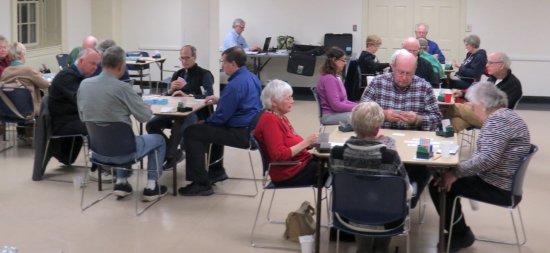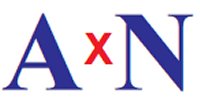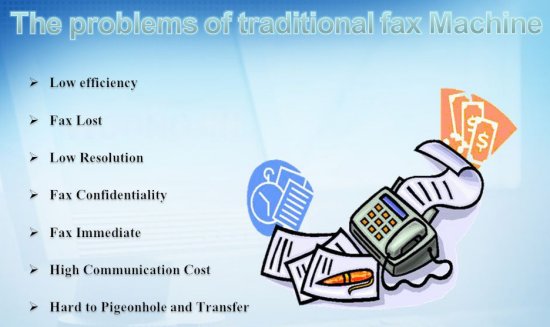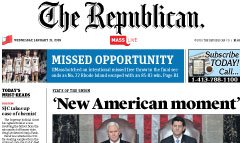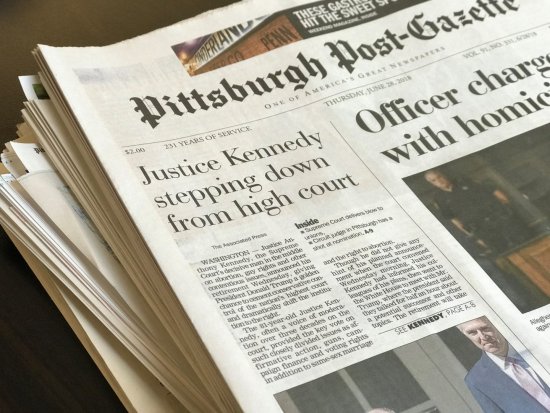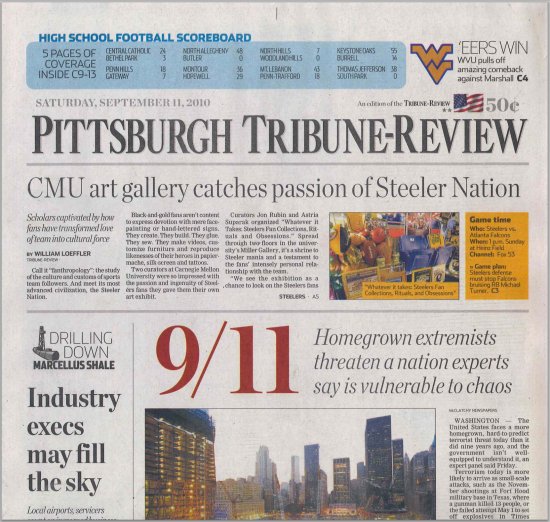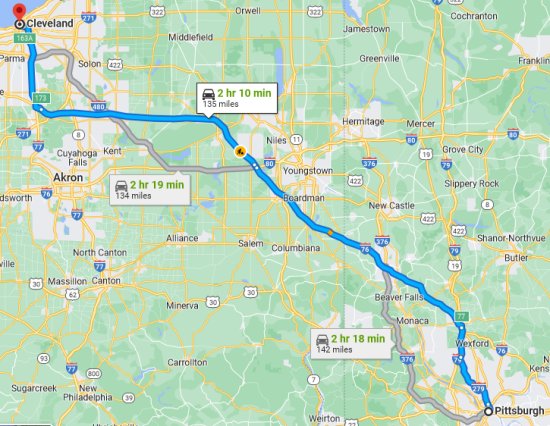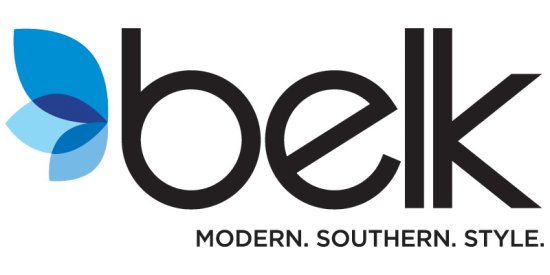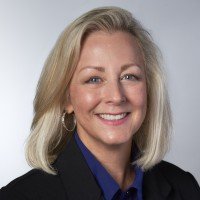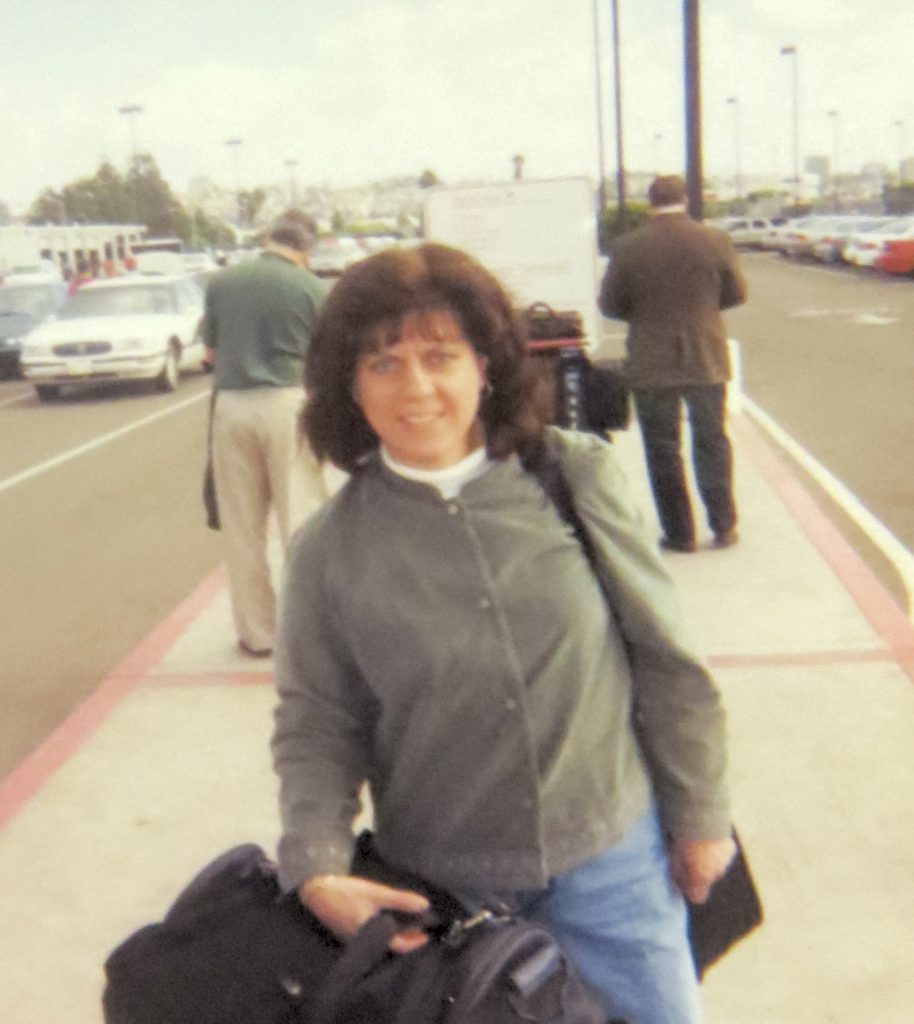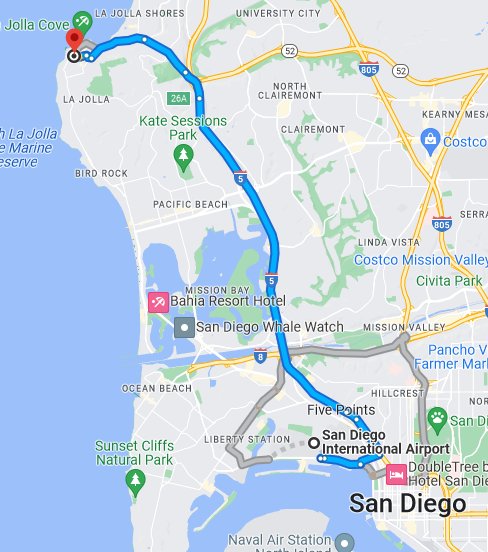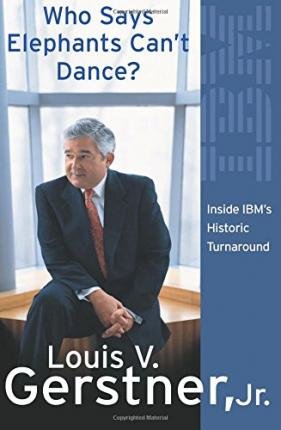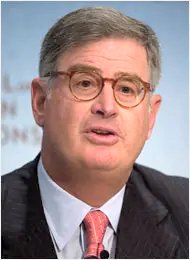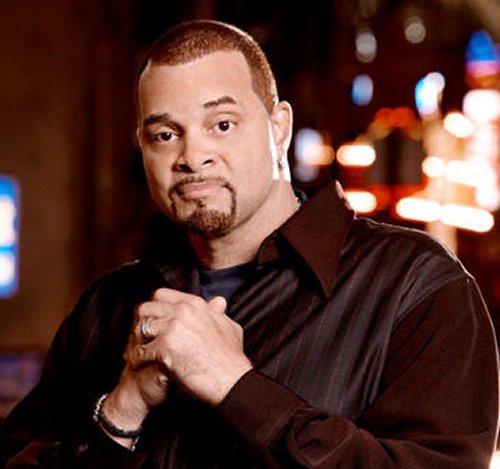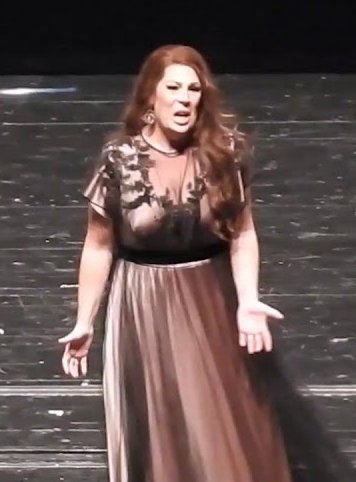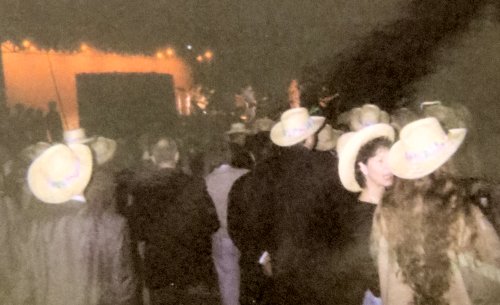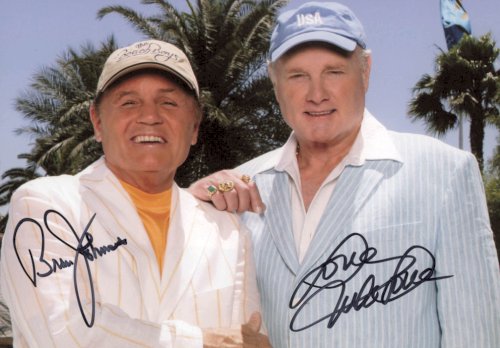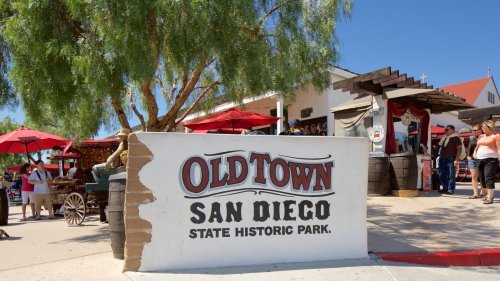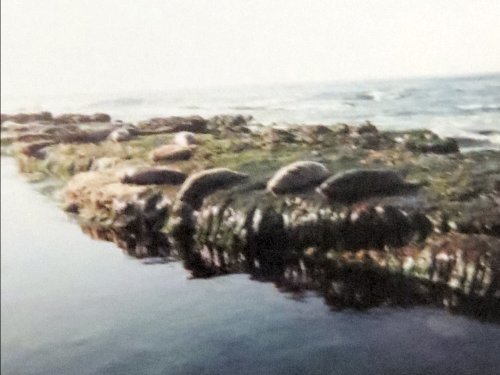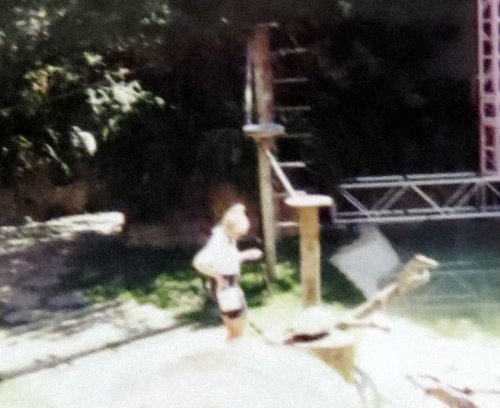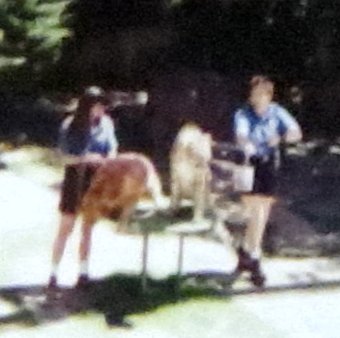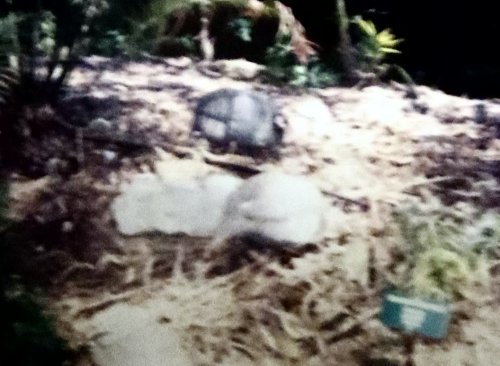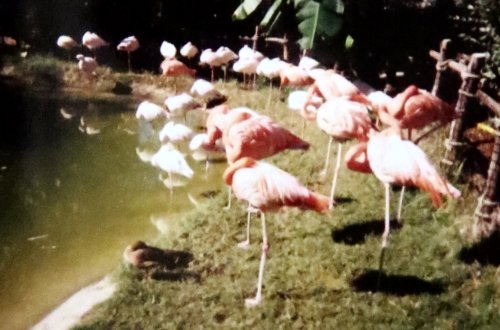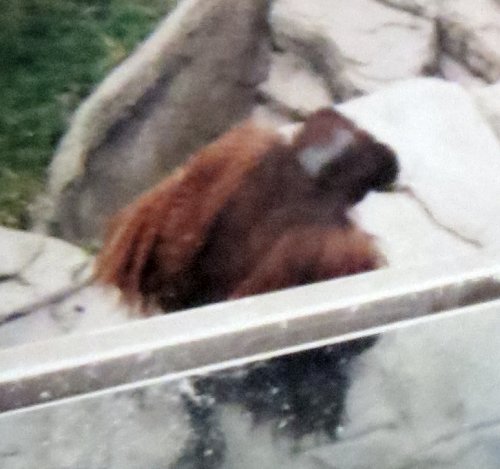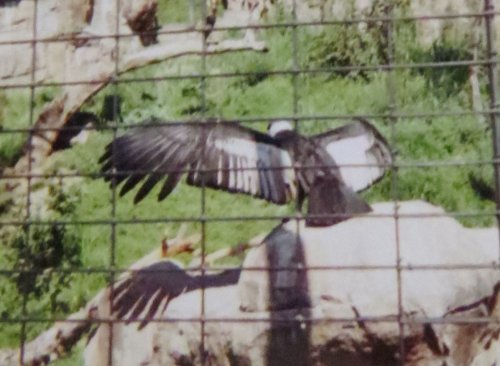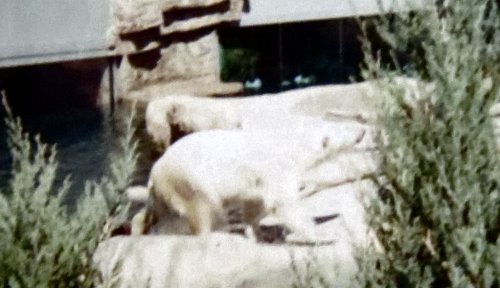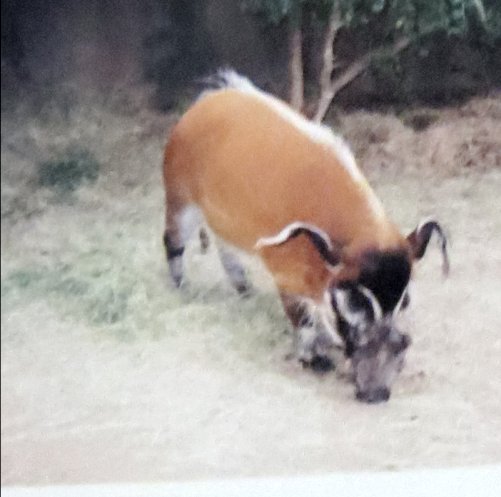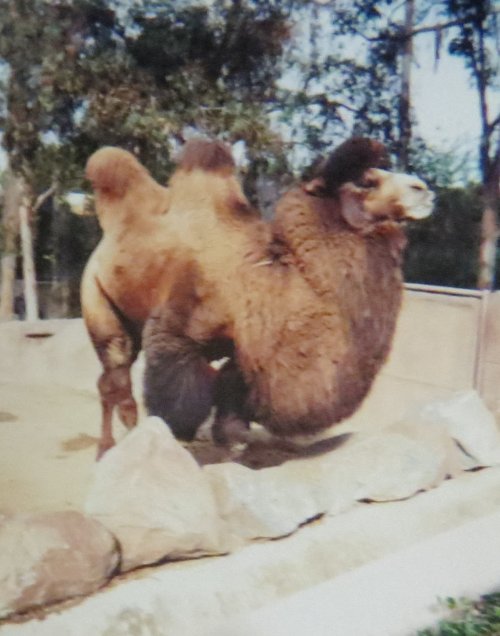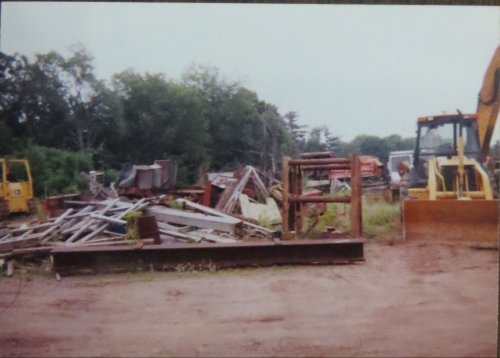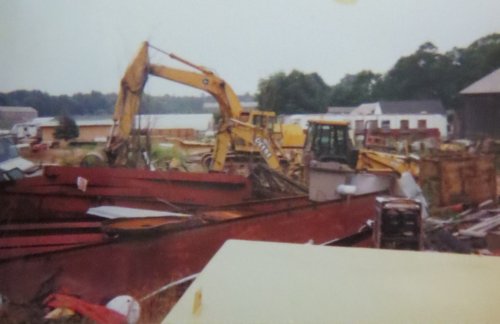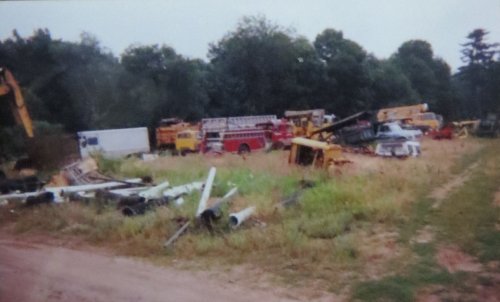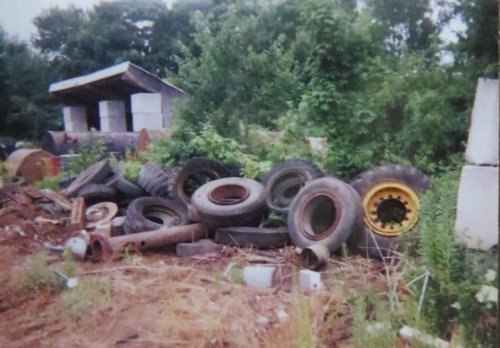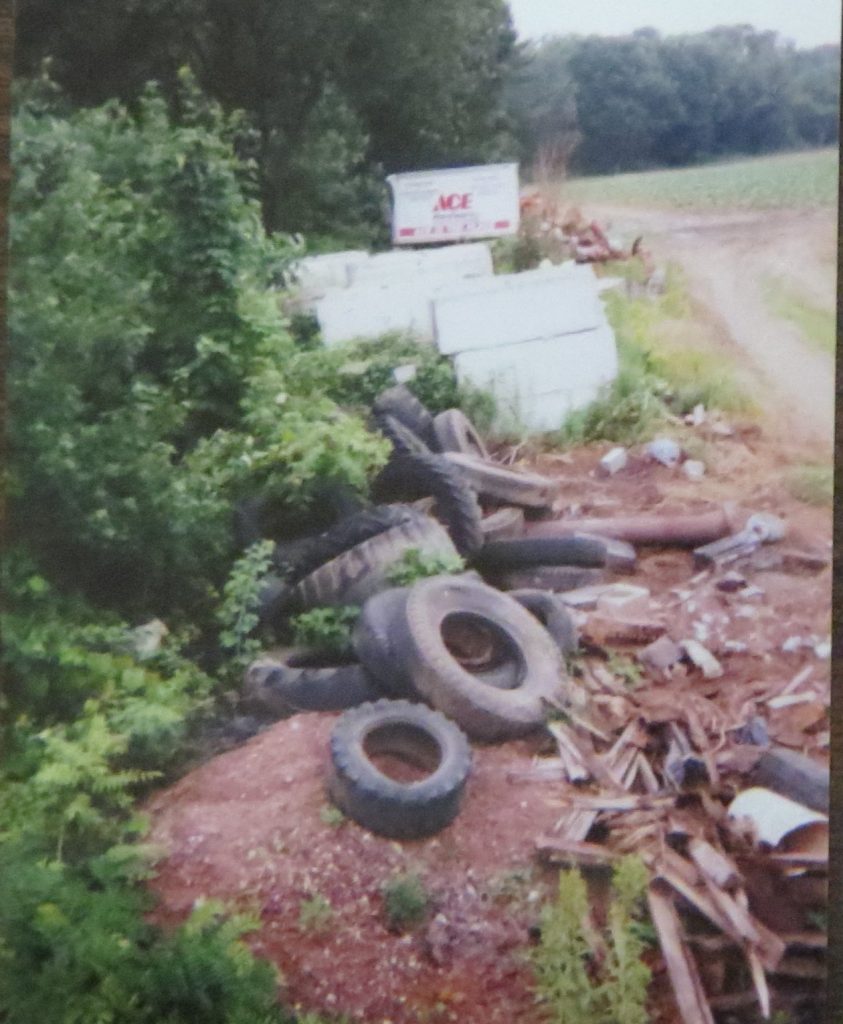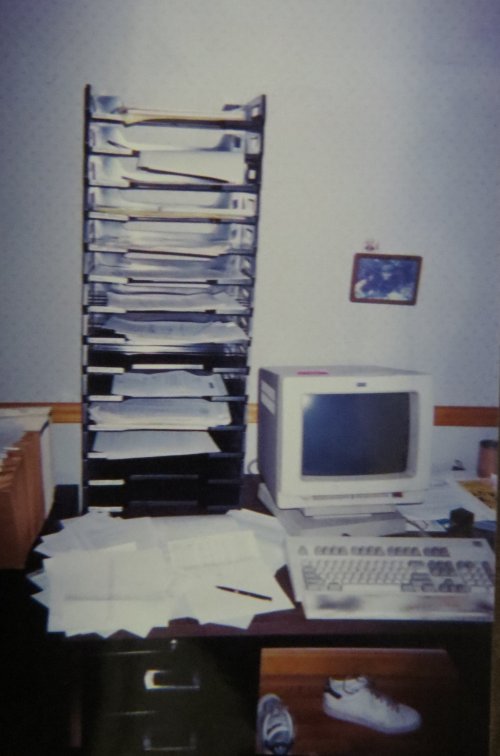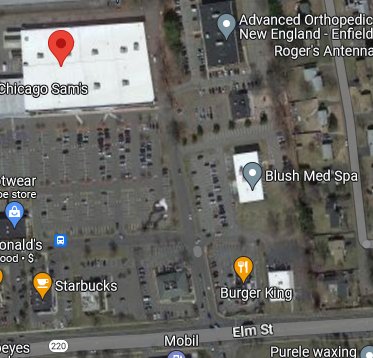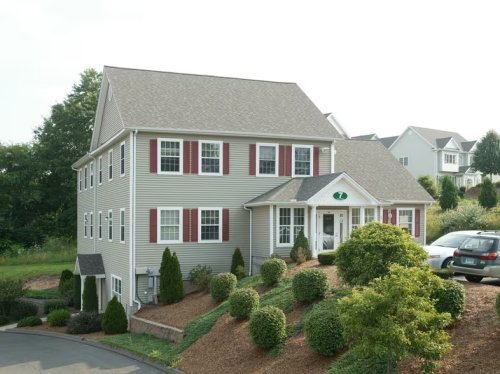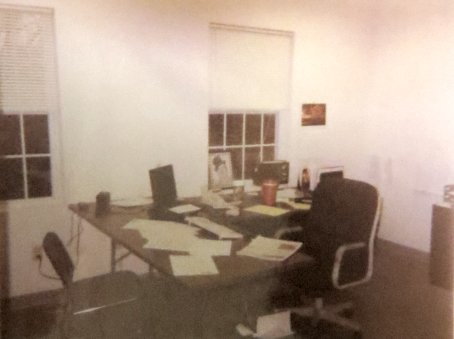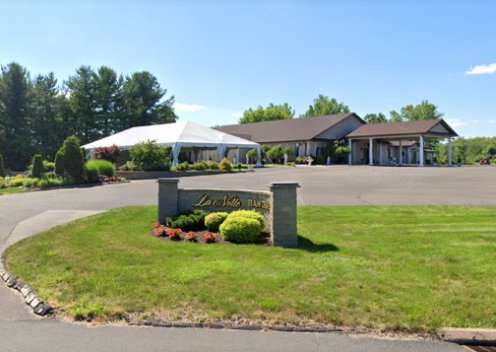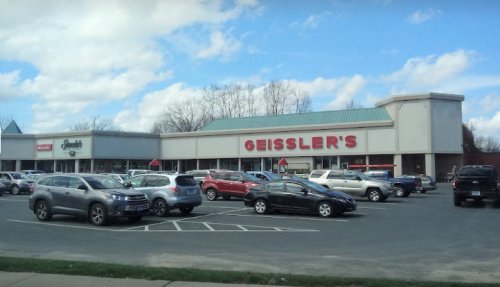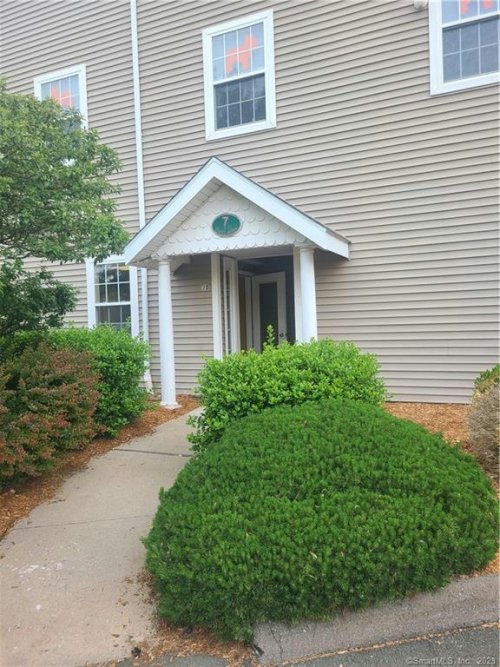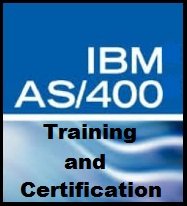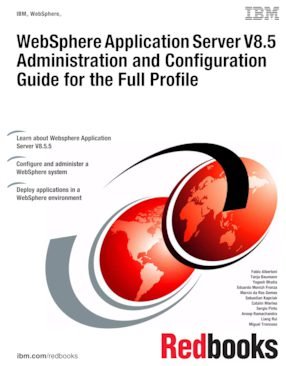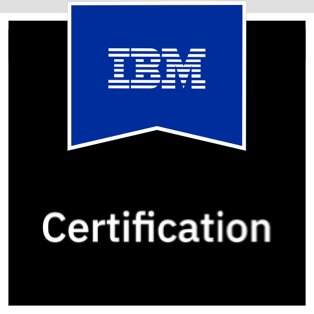SBC 2.0. Continue reading
In early May of 2019 my friend and bridge partner, Ken Leopold, agreed to become the manager and director of the Simsbury Bridge Club (SBC). This was shocking news to me. Ken was an extremely busy guy with a demanding and very important (literally life and death) job and a large family to which he was quite devoted. I was not part of the negotiations with the former director Sally Kirtley and the former manager David Rock about the transition. I knew nothing of the details. I still don’t.
The first game that Ken directed took place on May 8, 2019. The results sheet contained many familiar names:
Wednesday Evening Pairs Wednesday Eve Session May 8, 2019 Scores after 24 boards Average: 36.0 Section A Pair Pct Score Sectn Rank MPs A B 7 63.19 45.50 A 1 0.80(A) Jerry Hirsch - Sally Kirtley 8 58.33 42.00 B 2 1 0.56(A) Margaret Garilli - Donna Lyons 5 57.64 41.50 A 3 0.40(A) Jeanne Striefler - Susan Glasspiegel 2 47.22 34.00 A Michael Wavada - Kenneth Leopold 4 45.83 33.00 B 2 0.22(B) Kathleen Colket - Meredith Colket III 6 44.44 32.00 B Alden Stock - Reba Stock 3 43.75 31.50 A David Rock - Deborah Ouellette 1 39.58 28.50 B Lori Leopold - Rob Stillman
Ken emailed the results to everyone who had been on the mailing list that David and Sally had used. One day later he sent out a second email that contained a hand record for the boards that we had played. Those boards had not been predealt. We shuffled them before the first round, just as we had every week for the previous fifteen years. I replied to Ken with the simple question: “How did you do this?”
Here was Ken’s answer: “I inputed the hands into DealMaster Pro. Took me about 20 minutes.”
At the time I had owned the Dealmaster Pro (DM Pro) software for a few years, and I had been given a class in how to use it by the developer, Ed Marzo1. I had entered a substantial number of hands for my own purposes. I was thoroughly familiar with the process.
We had played twenty-four boards that night. Ken had to enter thirteen cards for only three of the four players. DM Pro can figure out that the remaining cards are held by the fourth. Still, that is 39 x 24 = 936 cards for which the suit and number must be entered. I doubt that I could have done what he did in less than five minutes per hand, which would be two hours. Who knows? Maybe he is that much faster than I am.
We had never had hand records at the SBC. I am certain that this new feature was greatly appreciated by everyone, especially the newer players. They could go over the hands in detail and determine what they could have done better.
I decided that I could be most useful by helping with the communications. I had a free account on MailChimp that I had used for monthly emails that I did for the Connecticut Bridge Association (CBA). I converted one of the lists on that account for use by the SBC. It seemed to me that we should be mailing to all players within within reasonable driving distance of Eno Hall. I therefore created a list of nearby zip codes and used MySQL to select players with addresses in those zip codes from the ACBL database. I also sent emails to the “unknown” email addresses on the list that Dave and Sally had used to ask if they wanted to stay on the list. Eventually I came up with an “audience” table that included names, addresses, phone numbers, and other relevant data for all those players. One nice feature was that it was easy for me to update the audience every month, so that new players and ones who recently moved to the area could easily be added.
On Mary 13 I sent an email trough MailChimp to everyone on the list with the subject line “Return of the Simsbury Bridge Club”. It explained how the club would be run under the new regime. The text of that email is posted here. There were three major changes in approach:
- I undoubtedly should have given more emphasis to the word “goodies” in the first paragraph. In previous years snacks would sometimes be available when one or more of the players brought them. For example, Jerry Hirsch often brought brownies. The spread at that first game was much more impressive. However, I did not know the source, which was primarily Ken’s wife Lori, and I was not sure that it would continue. It certainly did. For the next ten months there was enough food so that skipping supper in favor of grazing at the club’s goodies table was a viable option.
- Ken volunteered to try to find partners for people who lacked one. I was not sure when I composed the message how that would be implemented. I was pretty certain that Ken would not dump me as a partner in favor of waiting around every week to see if someone needed a partner as Paula Beauchamp and Helen Pawlowski had done. It turned out that Lori played an important role in this aspect, too. She was a skilled matchmaker.
- I volunteered to give short lessons on competitive bidding before each game. I am no expert, but I have devoted a considerable time and effort to learning about competitive bidding. Most of the important developments in bridge theory in the previous few decades were in that area. I thought that some players would be interested in my perspective.
Ken and I both received a goodly number of positive responses to the email. Only a couple of people unsubscribed.
The new approach worked. The game on May 22 attracted 14 pairs. We were able to play a Mitchell movement2 for the first time that anyone could remember aside from a few Life Master or holiday parties. The attendance continued to be pretty good throughout the summer and autumn. It fell off a little in the winter of course. Many SBC players had homes in the South.
I presented my first lesson on May 29. The game had nine tables, which was equal to the stunning turnout for Moe Walsh’s Life Master party. Everybody was ecstatic.
I did what I could to help maintain the momentum. I spruced up the club’s website that I had developed a decade or so earlier and began to mention it in the emails. I also created a page that contained club-oriented links. It had four columns that contained dated entries: Results, Hand of the Week (an analysis that I provided of one hand each week), Lesson Handouts, and Hand Records. I also provided a link to this page in every email. The SBC website can be seen here. The page with the links is here.
In 2019 the ACBL mandated use of its new Live for Clubs software. Learning how to use it was not easy. Ken struggled with this, but he finally got everything integrated together. The first game that used the Live software was on September 18. The results from that point forward have been available at https://my.acbl.org/club-results/212829.
I missed the game on June 19 because I was at the regional tournament in Nashua, NH. I thought that Ken might want to cancel the game because the HBC was running three games that day. Nevertheless, Ken held the game, and seven pairs attended. Ken gave a lesson on the five approaches to defense in bridge. The club also donated $100 to the ACBL’s Longest Day collection for the Alzheimer’s Association.
Ken and I communicated via email nearly every week. In August he asked if I could produce a list of names and phone number. I did that for him. He kept it in the briefcase that contained supplies. I updated it every month after I downloaded the new roster from the ACBL.
I don’t remember why our six-table game on September 4 was played in the American Legion room. Fred Gagnon played with a guy name Curt Whitaker. I don’t know what darkened his attitude, but he was very obnoxious. Even his partner thought so. Curt announced during the game that he would not be coming back, and, sure enough, he unsubscribed from the mailing list.
On October 23 we held a Life Master party for Kathy Colket. I don’t know where we put everyone, but we had eleven tables!
Many members of the SBC also played regularly at the Hartford Bridge Club (HBC). The manager of the HBC, Donna Feir, let me know that we could use the club’s Dealer4 dealing machine. Linda Starr created PBN files for us using the Dealer4 software. Here is what I wrote to Ken concerning my second attempt to get the machine to work just before I left for the Harvest Regional tournament in Mansfield, MA, the first week of November:
I spent several hours yesterday filling my plastic boards with decks that I thought were likely to work with the dealing machine. I managed to find 36 decks that were either Bridge Buddy or ACBL. Linda and I spent more than an hour after the game trying to get the dealing machine to work with them, but it kept jamming. Susan Seckinger said that we should get Bridge Buddy cards. The link is http://www.bridgebuddy.net/category-s/116.htm.
For this week’s game Linda said that she will make boards using the HBC’s carriers and get them to you or Lori before Wednesday’s game. I still have the suitcase of steel boards. Let me know what you want me to do with them. I am playing at the HBC tomorrow but not Tuesday.
If you cannot get Live for Clubs to work, send me the results by email, and I will post them from Mansfield on Thursday.
I don’t know what the plan for the following week should be. I will be in Mansfield until Sunday evening.
The SBC needed a new set of decks. Ken found the best cards for use by Dealer4. Unfortunately, they were on backorder. We had to wait for several months to be able to start using the dealing machine.
Meanwhile Linda made boards for us. She also gave me a short course in the use of the Dealer4 machine, but I still found it difficult. I am just not good at repetitive tasks, especially when they involve use of a machine that is both very sensitive and unforgiving.
I received the following email from Ken on December 9.
The Bridge Buddy has gotten their new shipment of thick cards and I ordered 32 decks.
Linda will be away at least one of the days in January (I think she told me Jan 8). That might be a good time to transition to your making the deals. Hopefully, we’ll then be able to add the deal file to ACBL Live so that the deals will be published with the results (we’d need to be able to export the file from your deal-making program to the Simsbury BC computer so that I can upload it onto ACBL Live along with the results).
How was San Francisco?
The answer to his question about San Francisco can be found here. On December 31 Ken informed me that he had figured out how to include the PBN file created by Dealer4 with the results that he sent to the ACBL. We were cooking!
I made a serious mistake when I created the boards for the game on January 15. Ken discovered it:
Mike, it looks like board 18 didn’t get made so that hand record board 19 and above were placed in boards numbered 1 less (i.e., the board that was played as 18 is board 19 from the hand records, 19 is hand record 20, etc.).
By the end of February I was close to competent at running Dealer4. On February 24 I received this email from Ken:
I will be away March 11 and 18. Sally, can you direct those dates? Mike, will you be around?
My answer was “I can play on 3/11, but I will be in Vienna on 3/18.”
I did play on 3/11; Maria Van Der Ree was my partner. However, I was not in Vienna on 3/18. The reason is explained here.
I still have not been to Vienna, but I harbor hopes of being there in May of 2022.
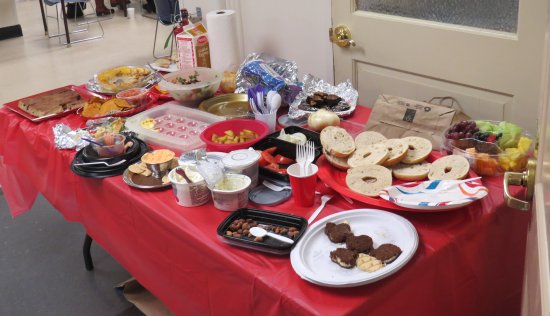
As far as I can tell the following players made their first appearance at the SBC between May 2019 and March 2020:
- On May 22 Helene Wade played with Stan Stolarz.
- Ann Malone played with her husband Jim Griffin.
- Ann and Mike Belzer played together. I knew Mike from the Thursday night games at the HBC. Sue played in at least one team game with them at a tournament.
- Donna Simpson played with Max Horton.
- On May 29 Lois Labins, a Deadhead I knew from the HBC, played with Rachel Peled.
- Annmarie Gagne played with Joe Peled.
- Rob Stillman played with Stan Stolarz.
- Beverly McKeeman played with Elayne Cree.
- Barbara Edelstein played with Maria Van Der Ree.
- On June 5 Robert Kendrick played with Frank Thompson.
- On June 12 Joel Wolfe played with Tom Joyce. Joel is a very good player who regularly plays at the HBC.
- YC Hsu played with Roz Sternberg. I often talked with YC in the back room before morning games at the HBC.
- Bruce Meade played with Kathy Fahey.
- John Lloyd played with Stan Stolarz.
- July 10 was a qualifying game for the NAP. Loretta Levy played with Renee Janow. I knew both of them from the HBC.
- Peter Katz played with Tom Joyce. I had played with Peter for many years on Saturday afternoons at the HBC. Highlights from those experiences and others are detailed here.
- July 24 was also a qualifying game for the NAP. Xenia Coulter drove all the way from Moodus to play with Nancy Calderbank.
- On July 31 Mary Beth Macko played with Lesley Meyers. Dick Benedict once teamed up with Mary Beth and her mother.
- Mary Sullivan played with YC Hsu. I played with Mary Sullivan as a mentor, as is described here.
- On August 7 Bob and Ann Hughes played together. Eric Vogel and I have played as their teammates a few times.
- On September 18 John Willoughby played with Sue Wavada. I have known John for a long time since our days in the Tuesday evening games at the HBC. In 2021 John is the vice-president of the HBC and the chairman of the Planning Committee.
- On October 9 Kathie Ferguson played with Sally Kirtley.
- On October 23 Frank Blachowski played with Joel Wolfe and finished first. Frank is an excellent player and student of the game who plays regularly at the HBC.
- Doug Deacon played with Dan Finn. I have known Doug for a long time from the Tuesday evening games at the HBC. In November of 2021 when we were unable to run games at the SBC I played as his partner twice in that game.
- On October 30 Al Gee played with Kathie Ferguson.
- On November 6 Mark Smith came up from Florida to play with Joel Wolfe. Not only did he win. He also gave the mini-lesson while I was playing in Mansfield.
- On November 13 Sharon Kochen played with Debbie Katz.
- On December 18 Helma Strauss played with Betty Nagel. Both of them are long-time regular players at the HBC.
- On January 22 Luigi Montefusco and Robert Hastings played together. I had played against both of them many years ago, but I had not seen either one in a very long time. They both live in the Springfield area.
- On March 4 Michael and Carol Yachanin played together. I don’t remember them at all.
By my reckoning forty people who had never before attended any games at the SBC played during this ten month period. What an astounding achievement!
1. Ed Marzo lived in Springfield MA. He knew Bob Derrah, and he wanted to help Bob and me with our project of teaching the game of bridge to middle-school students. He gave a copy of DM Pro to both Bob and me. We went over to his house, and he showed us how to use it. Ed died in 2019. His obituary is here. Comments about Ed’s contribution to the bridge community have been collected here.
2. In a Mitchell movement each pair is assigned a permanent designation as East-West or North-South. The latter stay at the same table throughout the session, and the East-West pairs move. It requires a certain number of tables for a reasonable game. The other common movement at club games is a Howell. Most pairs in a Howell play North-South in some rounds and East-West in others. Almost everyone moves after each round. The objective is to allow each pair to play against as many pairs as possible.



